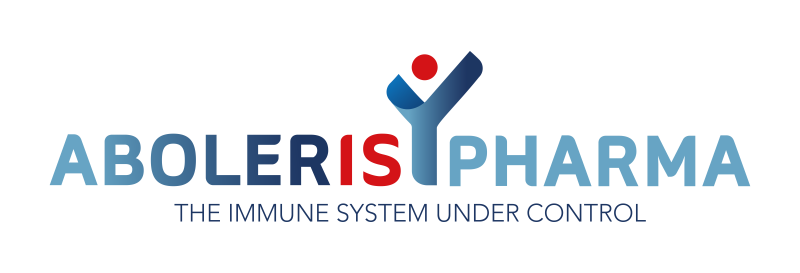Ouisse L-H., S. Remy, A. Lafoux, T. Larcher, L. Tesson, V. Chenouard, C. Guillonneau, L. Brusselle, N. Vimond, K. Rouger, Y. Péréon, A. Chenouard, C. Gras-Le Guen, C. Braudeau, R. Josien, C. Huchet, I. Anegon.
2019 | Front. Immunol. 10:2131.
Abstract
Polyclonal CD81CD45RClow/2 Tregs are potent regulatory cells able to control solid organ transplantation rejection and even induce tolerance. However, donor major histocompatibility complex (MHC)–specific Tregs are more potent than polyclonal Tregs in suppressing T-cell responses and preventing acute as well as chronic rejection in rodent models. The difficulty of identifying disease-relevant antigens able to stimulate Tregs has reduced the possibility of obtaining antigen-specific Tregs. To bypass this requirement and gain the advantage of antigen specificity, and thus improve the therapeutic potential of CD81 Tregs, we stably introduced a chimeric antigen receptor (CAR) derived from a HLA-A*02 antigen-specific antibody (A2-CAR) in human CD81 Tregs and developed a clinically compatible protocol of transduction and expansion. We demonstrated that A2-CAR CD81 Tregs were not phenotypically altered by the process, were specifically activated, and did not exhibit cytotoxic activity toward HLA-A*021 kidney endothelial cells (ECs). We showed that A2-CAR CD81 Tregs were more potent suppressors of immune responses induced by HLA-A*02 mismatch than control-CAR CD81 Tregs, both in vitro and in vivo, in models of human skin graft rejection and graft-versus-host disease (GVHD) in NOD.Cg-Prkdcscid Il2rgtm1Wjl/SzJ (NSG) mice. We showed that integrity of human skin graft was preserved with A2-CAR CD81 Tregs at least 100 days in vivo after administration, and that interaction between the A2-CAR CD81 Tregs and HLA-A*021 kidney ECs resulted in a fine-tuned and protolerogenic activation of the ECs without cytotoxicity. Together, our results demonstrated the relevance of the CAR engineering approach to develop antigen-specific CAR-CD81 Tregs for clinical trials in transplantation, and potentially in other diseases.


